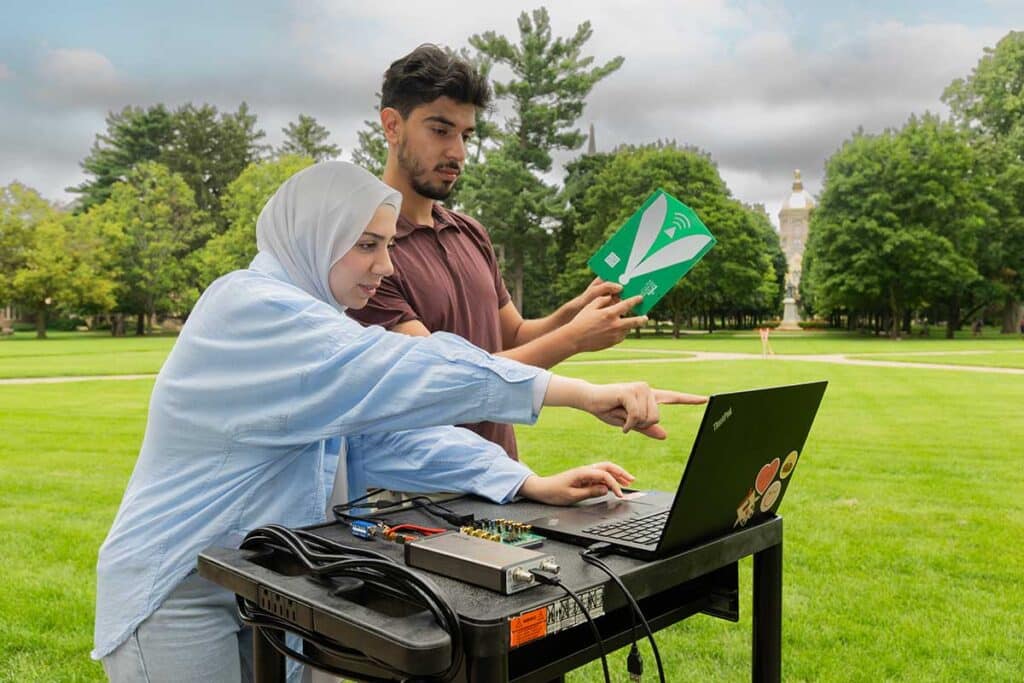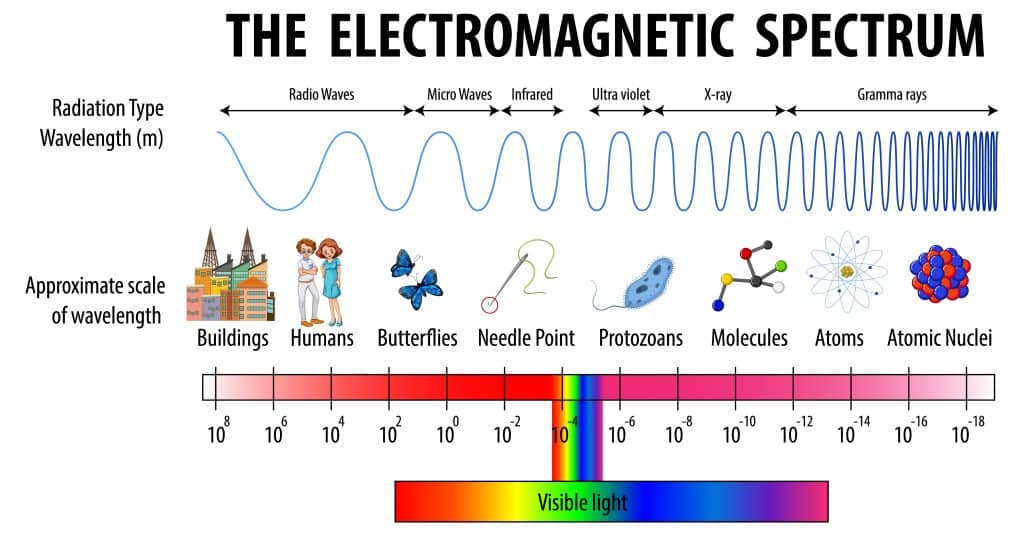Center Projects
SpectrumX, an NSF Spectrum Innovation Center, is leading the way in cross-institutional collaborations across scientists, engineers, and educators with background in electrical engineering, computer science, aerospace, astronomy, geoscience, economics, policy, and workforce development.

Center Flagship Projects
Center Flagship Projects (FPs) include FP 1: Spectrum Awareness for Coexistence, and FP 2: Scientific Coexistence. Center members engage in working groups and flagship projects to work together to apply research efforts to areas of great interest to researchers and policymakers in the U.S. to help create the best environment domestically spectrum resources.
NSF SpectrumX Flagship Projects are currently led and organized by Frank Lind, SpectrumX Research Deputy Director, and research engineer at MIT Haystack Observatory.

Research Experience for Undergraduates (REU+)
Research Experiences for Undergraduates (REU) programs support active research participation by registered undergraduate students in areas of research that are funded by the National Science Foundation (NSF). REU projects involve students in meaningful ways in ongoing research programs at REU host sites or in research projects specifically designed for the REU program.
Students can expect to work closely with their mentors and other students, consult with researchers as necessary, and to attend weekly meetings and lectures. Professional development training in technical and workplace skills may also be on offer or required.
Learn more about the NSF|SpectrumX REU+ Program here.
Broadband Mapping Using Smartphones (Broadband MAP US)
This project is dedicated to mapping coverage data for the major cellular carriers.


SpectrumX Grade 6-12 Lessons
Lessons were created during a summer teacher experience that was part of the SpectrumX program. Educators were recruited from across the US and its territories to participate in Radio frequency workshops which were hosted by spectrum experts. The educators then used that knowledge and best practices to create these lessons.
More details can be found here.
Citizen Science
This project offers an opportunity for everyone to contribute as a scientist. To effectively manage the radio spectrum for the benefit of all, it is essential to understand the geographic locations and times of day when radio frequency bands are in use. Participation requires only an Android smartphone or an RTL-SDR dongle. You can sign up for a free RTL-SDR dongle by clicking here.
The webpage linked here provides detailed instructions for various activities that enable participants to collect data on radio frequency usage. This data will be invaluable in enhancing our understanding of how the radio spectrum is utilized in your area.
Learn more about this project here.
